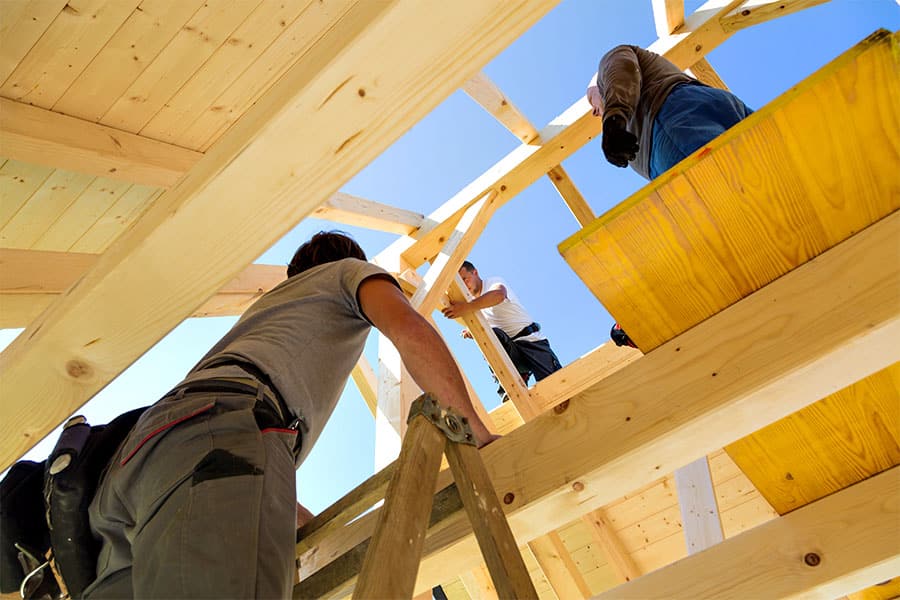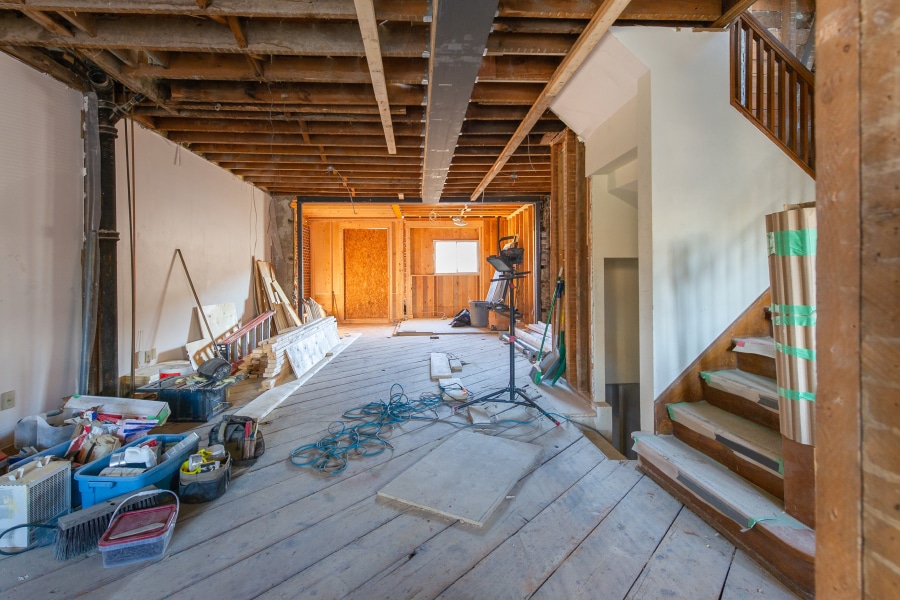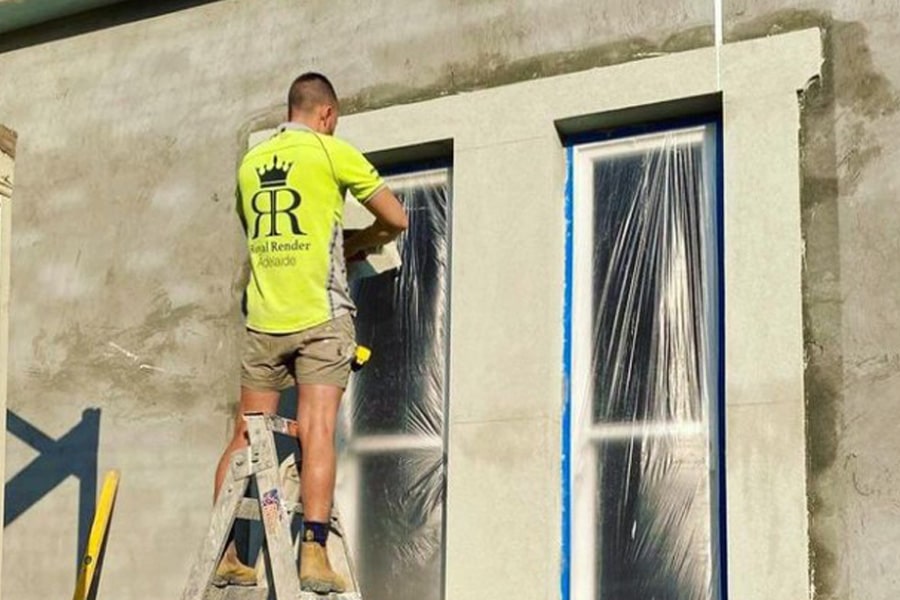Whether the image you conjure up is a rollercoaster, slinky, yoyo or W, construction materials prices took some wild swings in 2020. And as we roll into another year, the turmoil continues.
To learn more about construction material price increases and trends in 2021 and how to manage them, the Built Blog recently interviewed John Robbins, U.S. managing director for professional services firm Turner & Townsend. Turner & Townsend provides construction project management services in 45 countries worldwide, giving the firm eyes and ears on the ground where supply chains start and market trends are happening.
Built Blog: What can you tell us about construction pricing in the early days of 2021?
Robbins: We’re seeing higher construction prices across the board, and it’s equally affecting residential and commercial construction. Overall, costs are up 3-5% versus the same time last year. That’s outpacing the typical cost performance index.

A lot of projects have been canceled or put on hold, creating volatility for contractors and their books of business. Contractors can’t control what’s happening with raw materials. Whether it’s steel, lumber, concrete, copper—we’re seeing prices escalate as some contractors try to stabilize their costs through bulk purchases. That has a ripple effect across every product that goes into typical construction, even appliances and light fixtures.
Built Blog: How does this differ from 2019, the last “normal” year?
Robbins: I think the construction material price volatility issues started well before the pandemic, back in 2017 and 2018. At the time, the Trump administration levied a number of new tariffs on imported products, like lumber from Canada and steel from China. All imported building materials were affected. The supply chain tried to absorb some of that change. But then, unfortunately, the pandemic added another level of complexity.
Built Blog: What led to volatility in the market in 2020?
Robbins: The disruption due to the pandemic has certainly been the greatest influence on volatility over the past year. There are still some lingering COVID-19 issues in the supply chain. That affects the whole lifecycle from manufacturing goods to shipping them to unloading at ports to returning ships to the country of origin to pick up more goods. For example, when dockworkers began to get ill and there wasn’t enough labor to unload ships, deliveries backed up at the ports and cargo ships couldn’t return to be refilled.
Also, we had another big natural disaster with the wildfires that affected the West Coast. Even domestically, that created disruption in the soft lumber industry. A lot of our domestic lumber comes from forests on the West Coast. More goods had to be brought in from Canada that were under a 24% tariff.
Built Blog: What do you anticipate the trends will be for materials like steel, lumber, concrete, glass and gypsum this year?
Robbins: Lumber has probably had the most dramatic change—it’s up between 70-75%. Again, that’s compounded by the tariffs, because much of our lumber comes from Canada. The past six months have seen a huge spike due to strain in the supply chain, the wildfires in the West and a bit of price gouging.
[RELATED: Builders Embrace the Rebirth of Wood Through Mass Timber]
Over the past 12 months, we’ve seen steel prices rise anywhere from 45-55%, both milled steel for commercial construction and rebar for concrete reinforcement. Concrete is up 20-25%. We get a lot of drywall from China and that’s up 20%. Copper and other metals are also up around 20%—and those materials are used in all sorts of products. With the knock-on effect, you’re seeing a direct transfer of the raw material prices into the final costs for new construction. I think that 2021 is going to continue that seesaw volatility.
Built Blog: What trends are you seeing related to these prices?
Robbins: The United States used to be known for its steel industry. Over the decades, other places like China, Italy and South America have dominated that industry. We’re seeing some American manufacturers starting to refire the furnaces.
I predict that will help with pricing, even though it generally costs more to produce domestically. It will put some downward pressure on overall pricing, because countries that we import from are not going to want to lose market share. In the long run, I think a better balance of domestically produced goods and raw materials with what we import will make for a healthier supply chain.
Built Blog: What sources of information would help contractors stay up to date?
Robbins: Turner & Townsend has an annual publication called the International Construction Market Survey, and we’re working on our 2021 version now. That publication includes a cost guide and statistics for markets around the world and forward-looking trends we expect.
In addition, some reliable sources include Engineering News-Record and RSMeans, a very reputable source of cost and indexing information in the construction world. The Dodge Report also does a good job of tracking trends, especially across markets.
Built Blog: What impact is pricing volatility having on construction firms?
Robbins: When I talk to big contractors, they are trying to figure out what risk they can take on and what they can avoid. It’s tough to bid a project if there’s this level of volatility, and 30 days from now the price they give today may cause them to lose 5%. They have to balance their risk exposure while also keeping the new work order flow coming.
I think we’re going to see contractors watching the supply chain closer. Just a few years ago, the supply chain was pretty stable and pricing was predictable. But it’s become just the opposite.
Built Blog: How can construction firms handle volatile pricing?
Robbins: I think you’re going to see terms and conditions in contracts that are going to be really specific. There are protections now being built into contracts around force majeure clauses that include events like a pandemic. They provide some level of protection for contractors, but owners are looking to protect themselves and clients, too. Those two interests can come into conflict and it will be interesting to see how attorneys work through that. If a contractor ultimately is agreeing to a lump sum price, at a set schedule, who bears the risk?
Also, the risk does not scale down proportionately. Big general contractors have the buying power and cash reserves to make commitments to suppliers that could dampen volatile movements in price. For smaller general contractors, being able to commit to purchases in bulk and warehousing may not be an option. We would recommend to those firms that they develop a buying strategy, based on their order book, that does not over-leverage their business and present an outsized risk. We also think that communication with clients upfront about price volatility will yield better outcomes when additional budget, schedule extensions or design changes are needed.
I do expect to see construction material volatility in pricing throughout the rest of this year that may create a strain in the supply chain while we try to get back to some semblance of normal. But it’s going to be a new normal. I expect many emerging technologies to come to the fore. So it should make for a really exciting 2021.














